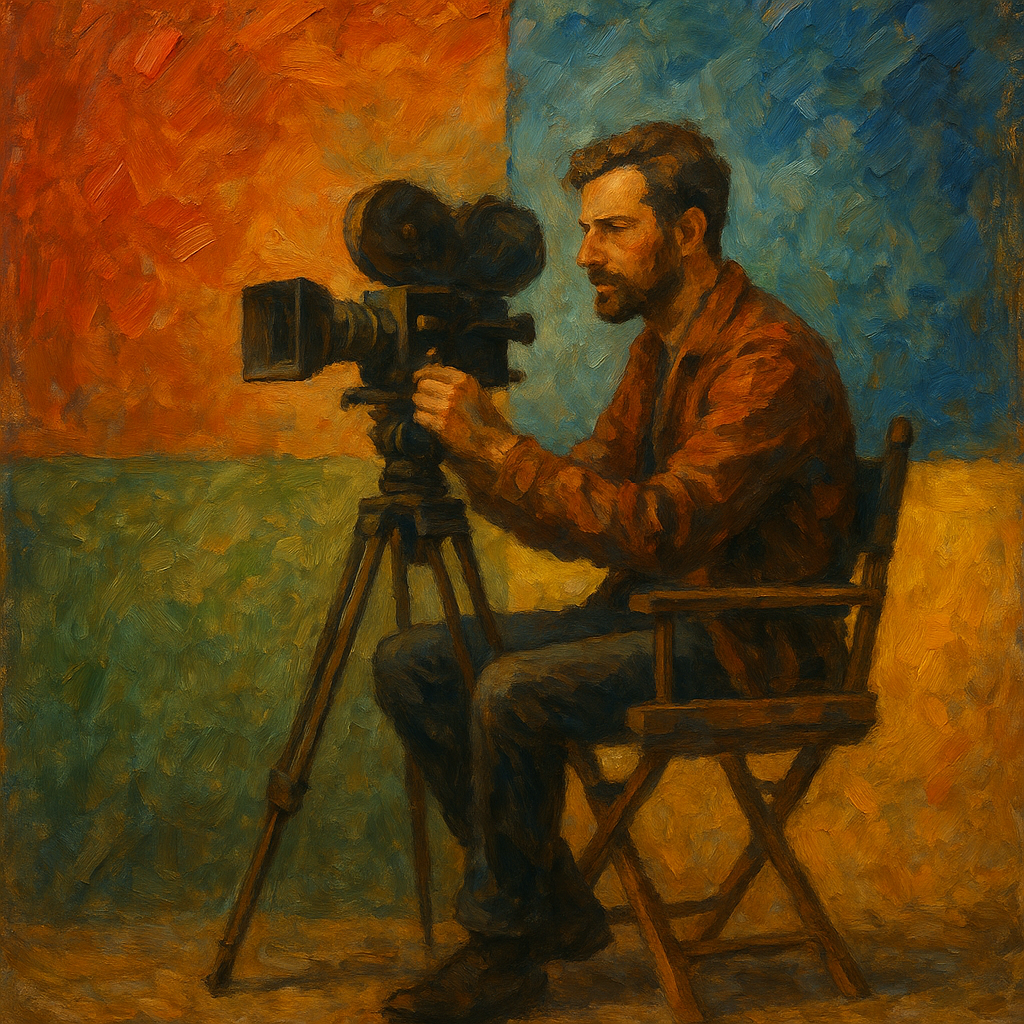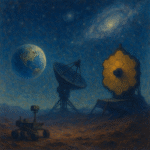In filmmaking, the color theory in film plays a crucial role in storytelling. Directors use specific color palettes to evoke emotions and set the tone for their narratives. Understanding this theory can enhance both the production quality and viewer experience. In this article, we will explore the importance of color in movies, the psychology behind it, and how directors make their color choices.
The Importance of Color in Movies
Color is more than just a visual element; it deeply impacts the mood, tone, and emotional weight of a film. It helps create visual harmony or tension, guiding the audience’s feelings towards the narrative.
How Color Affects Film Mood
1. Creating Atmosphere: Color sets the atmosphere of a scene. Warm colors (like red and orange) can create feelings of warmth or passion, while cool colors (like blue and green) can evoke calmness or sadness.
2. Directing Attention: Bright colors can bring focus to specific subjects, guiding the viewer’s attention and enhancing the story’s visual structure.
3. Establishing Themes: Colors often symbolize deeper themes. For example, red can represent danger or love, while black may indicate fear or mystery.
To illustrate, consider how films like _The Wizard of Oz_ switch from black and white to vibrant colors to highlight Dorothy’s journey into a fantastical world. This use of film color palettes creates a stark contrast that amplifies the narrative’s emotional impact.
The Psychology of Color in Film
Color psychology reveals how colors influence human emotions and behaviors. Directors tap into this psychological understanding to craft compelling narratives. Here’s a breakdown of how various colors affect viewers:
* Red: Passion, anger, love
* Blue: Calmness, sadness, tranquility
* Green: Nature, growth, envy
* Yellow: Happiness, caution, energy
* Black: Authority, fear, mystery
Having knowledge of color symbolism in cinema helps directors make informed, intentional choices that resonate with viewers. Colors can evoke predetermined emotional responses, enhancing the cinematic experience.
Director Color Choices in Iconic Films
Directors often become known for their distinctive use of color. Here are a few examples:
* Wes Anderson: Known for his carefully curated color palettes that create whimsical, storybook-like visuals.
* Alfonso Cuarón: His use of desaturated colors in _Roma_ enhances the film’s nostalgic tone.
* David Fincher: Frequently employs a blue-green tint to convey coldness and heighten tension.
Each of these directors utilizes cinematic color theory to deepen audience engagement. Their choices illustrate how color can define a movie’s character and emotional journey.
Film Color Grading Techniques
As part of the filmmaking process, film color grading techniques enhance visuals to achieve the desired atmosphere. Key techniques include:
1. Contrast Adjustment: Adjusting the difference between light and dark areas to evoke emotions.
2. Saturation Control: Increasing or decreasing color intensity to highlight or mute particular scenes.
3. Color Correction: Fixing any discrepancies to ensure consistency throughout the film.
These techniques inform how viewers perceive color, ensuring the film resonates with its intended emotional tone. A well-graded film appears more polished, significantly impacting overall reception.
Color Palettes in Filmmaking
Color palettes play a central role in establishing a film’s visual narrative. Common approaches include:
* Monochromatic: Using different shades of a single color to create a cohesive mood.
* Complementary: Pairing opposite colors on the color wheel for striking visuals.
* Analogous: Using colors next to each other on the wheel for harmony and unity.
Directors often choose their film color palettes based on the emotions and themes they want to convey. For instance, a passionate romance may utilize warm hues, while a chilling thriller might stick to muted or dark tones.
The Role of Color in Storytelling
Color choices offer critical visual information, allowing audiences to interpret narratives at a subconscious level. For instance, a film that gradually shifts its color palette from bright to dark can symbolize a character’s descent into despair.
Some statistics suggest that well-crafted color usage can increase a viewer’s emotional investment by over 25%. This highlights the need for filmmakers to be intentional with their color theory applications.
Conclusion: Understanding Color Theory in Film
To conclude, color theory in film is essential for creating immersive, emotionally resonant movies. By understanding color psychology, directors harness color choices and palettes effectively. Filmmakers who master this art can significantly enhance storytelling, engaging audiences on a deeper level.
Directors and aspiring filmmakers can benefit from exploring and practicing color theory in their projects. Consider implementing these ideas into your own work to see how they can transform your narrative and visual engagement.


